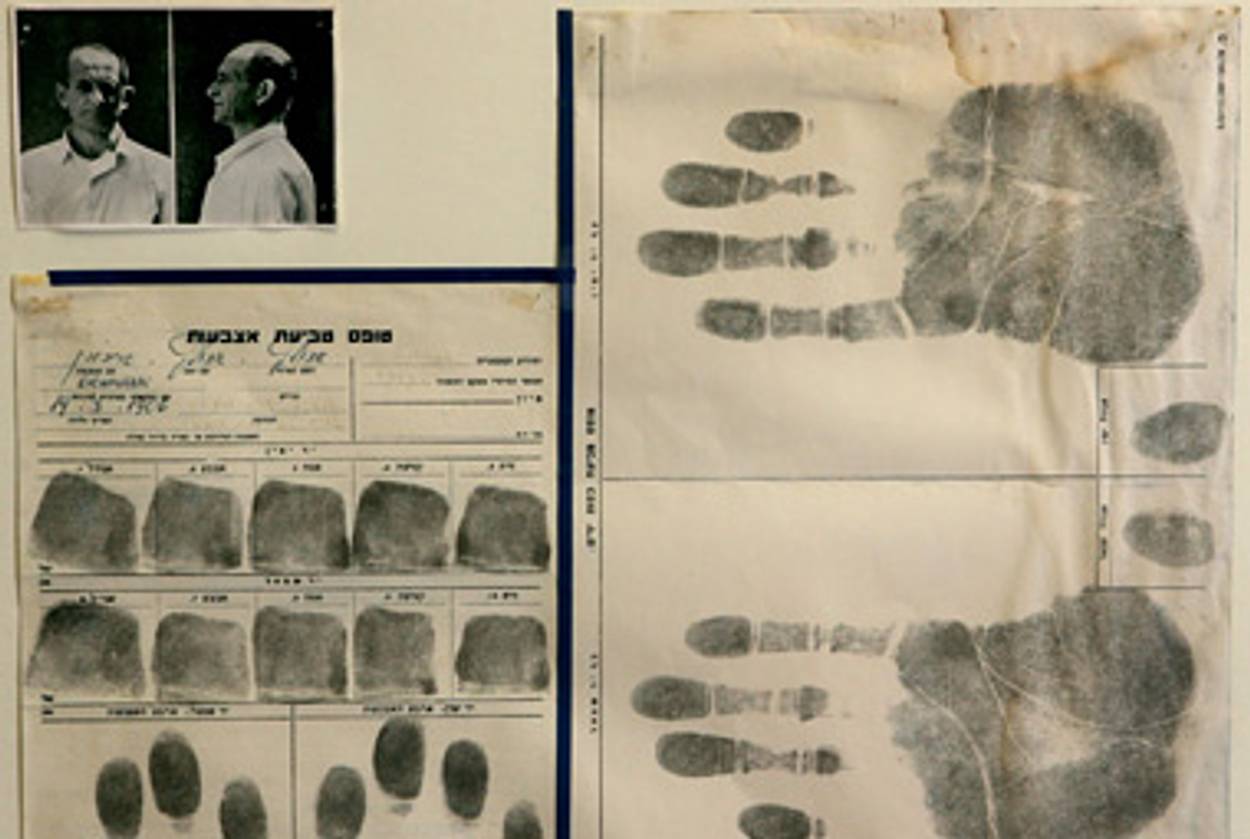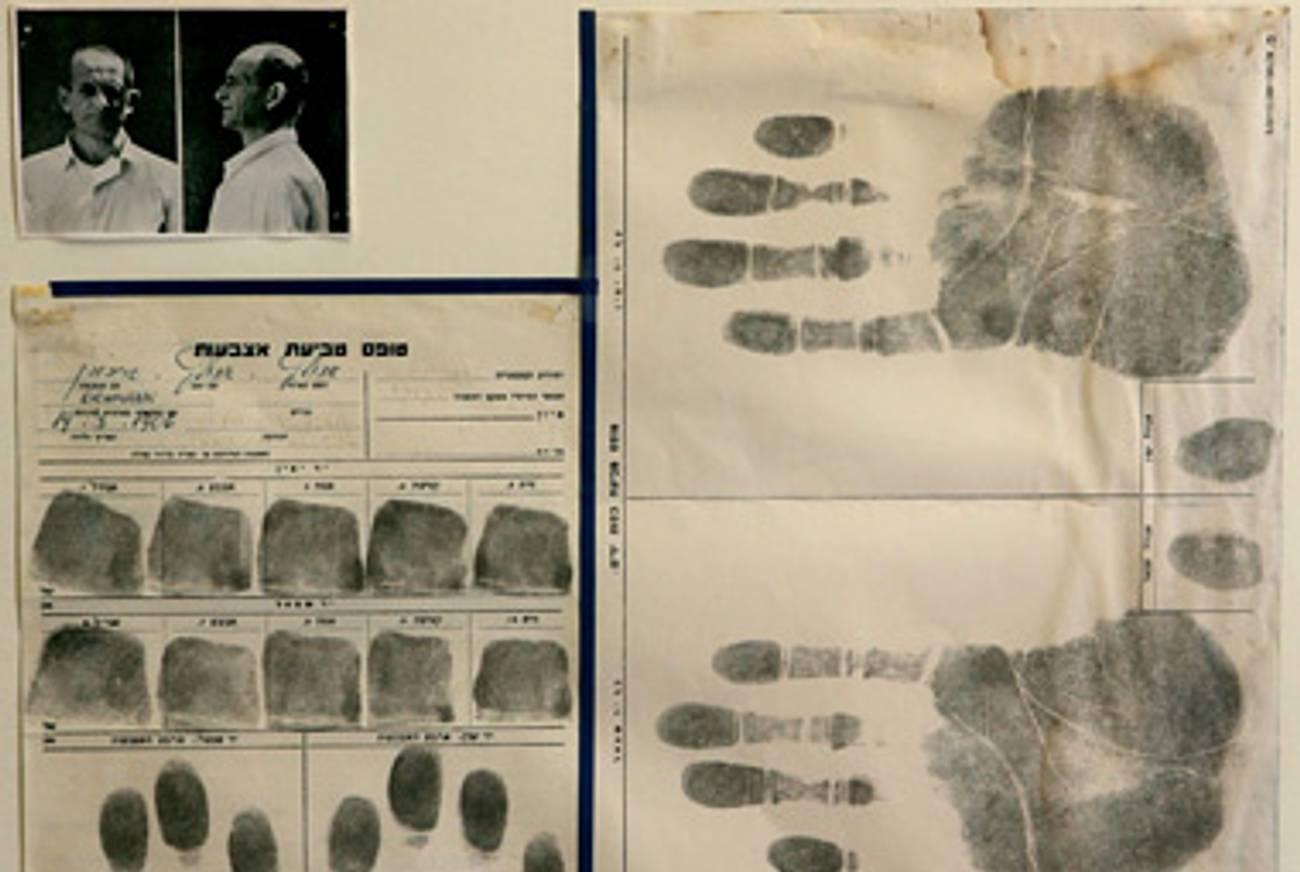The Eichmann Trial At Fifty
Today on Tablet




The Holocaust is hard enough to grasp. It is large and slippery and distorts history: Everything prior becomes a prologue. Yet in the same way that the Holocaust changed our view of history, the trial of Adolf Eichmann (which began 50 years ago today) changed the world’s view of the Holocaust.
“It is always bracing to recall the world in which the Eichmann trial was held,” notes Franklin Foer in his laudatory review of Nextbook author Professor Deborah Lipstadt’sThe Eichmann Trial in the New York Times Book Review “—where the slaughter was largely unacknowledged (and even unknown).”
Speaking today at the US State Department, Professor Lipstadt explained,
The Eichmann trial accomplished many things. It brought one of the chief operating officers of the Final Solution to justice.
It served as a stark warning to other Nazi war criminals that they had not escaped justice and that they should not sleep so soundly in their beds.
It retold the history of the murder of European Jewry in a fashion that it had not been told in the sixteen years since it ended.
It illustrated the fact that when someone who has the power to do you harm, threatens to do so, you are best to take them at their word.
Above all, by putting close to 100 survivors in the witness box it demonstrated to the world that this act of horrific violence was committed against men, women, and children who were no different than you or I. It reminded a world which had quickly moved on from the tragedy that the victims were six million individuals. Ultimately it put a human face on genocide. It is those faces – the faces of the innocent – that we forget at our own peril.
Today in Tablet Magazine, Professor Lipstadt annotates footage of the six most significant moments of the four-month trial. Senior writer Allison Hoffman examines the original manuscript of Hannah Arendt’s seminal and controversial report “Eichmann in Jerusalem” and discusses its reception. Also be sure to check out Lipstadt’s essay on the lessons she learned from writing her book.
For those in the New York area on April 14, Deborah Lipstadt will be discussing her book with Jewish Week’s editor Gary Rosenblatt at The Center for Jewish History.
Film Study
Draft of History
Trial and Error
Why The Eichmann Trial Really Mattered [NYTBR]
The Eichmann Trial [Nextbook]
From the editors of Tablet Magazine.